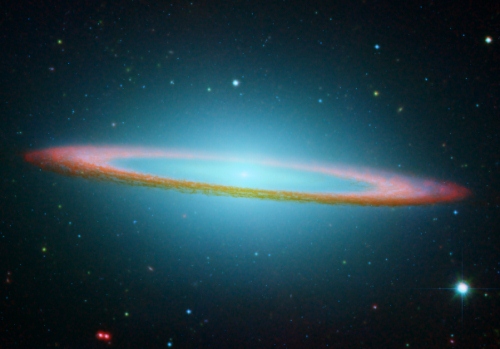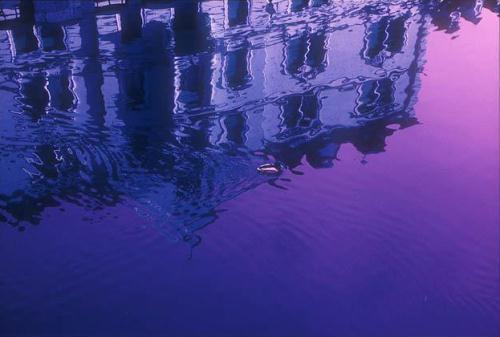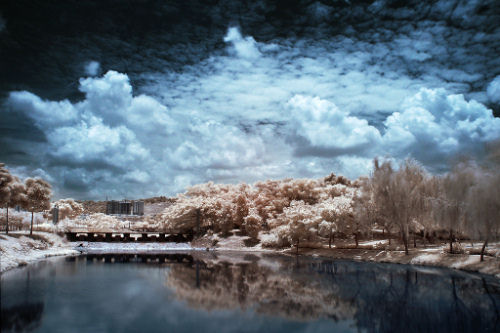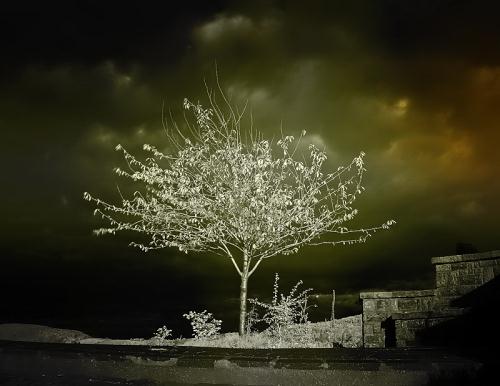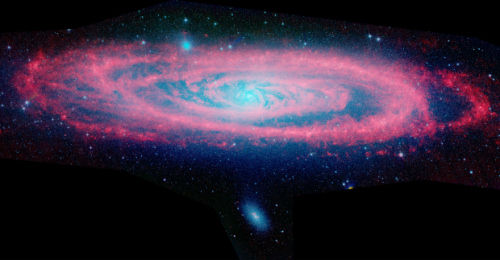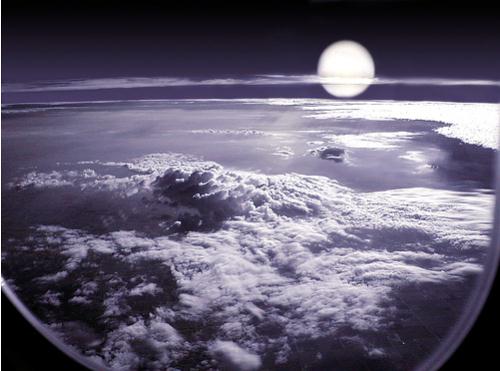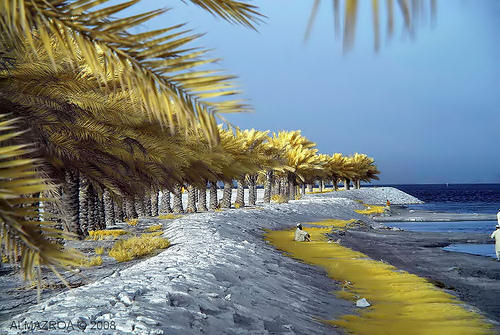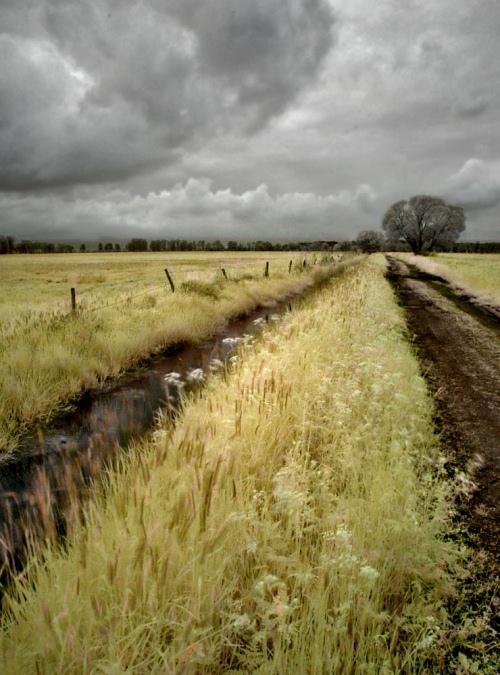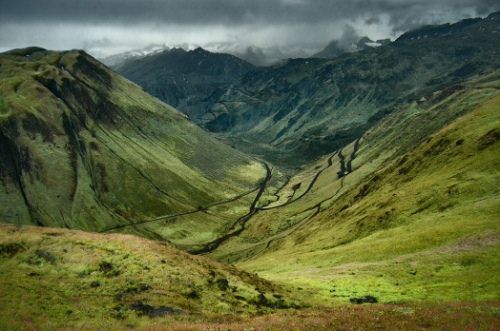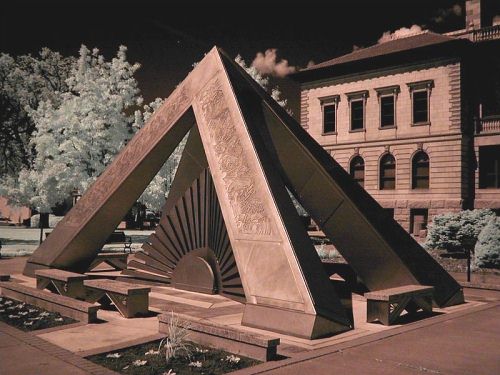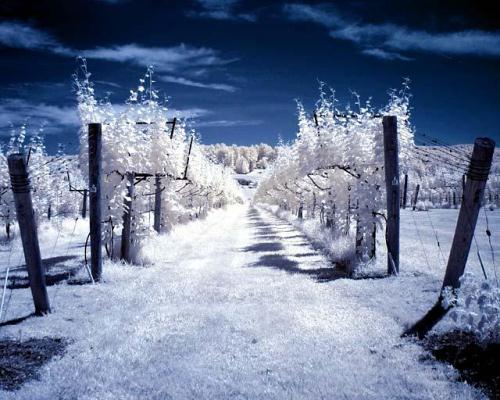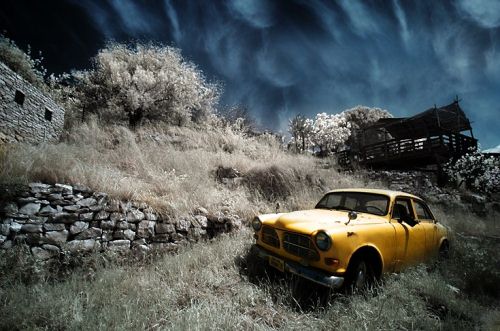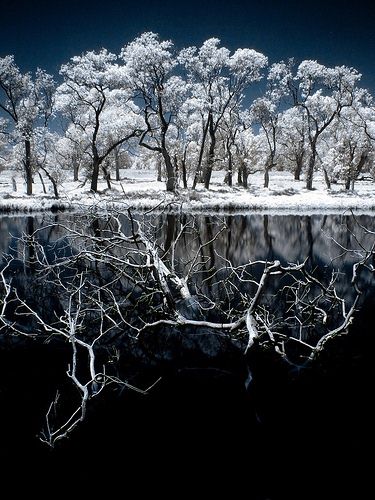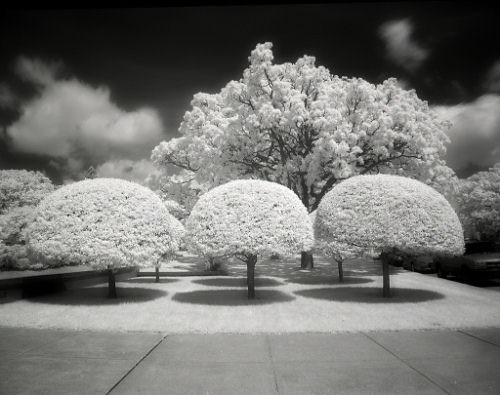40 Incredible Examples Of Infrared Photography
One of the most charming contrasting color effects you can get in photography is by using infrared. An easy way to understand near-infrared light is to think of it as the color of the rainbow next to red, a color that is invisible to the human eye. But near-infrared is not the same as thermal imaging.
Because everyday objects reflect infrared in proportions that differ sharply from that of visible light, the tonal relationships are wildly unexpected. Such near-infrared techniques used in photography give subjects an exotic, antique look. Green vegetation becomes white, whereas human skin becomes pale and ghostly. The resulting images look alien.
Digital cameras use CCD and other similar sensors to capture infrared images. Although all digital cameras available on the market are sensitive to infrared light, they are equipped with infrared-blocking filters. The main reason for this is that consumer cameras are designed to capture visible light. But sometimes these filters are used together, giving very interesting in-camera effects like false color, wood effects etc.
Further Reading on SmashingMag:
- 35 Beautiful Examples Of Rain Photography
- 45 Beautiful Motion Blur Photos
- Beautiful Black And White Photos
- Celebration Of Smoke Photography and Smoke Art
To start with infrared photography, all you need to have is
- A digital camera that is sensitive to infrared light.
- A visible-light blocking filter (e.g. a Wratten 89B filter)
- Image-editing software, such as Photoshop.
Near-infrared images straight out of the camera do not always look good and are usually not as dramatic and beautiful as normally captured images. Hence, a lot of post-processing is done to enhance these images. Some techniques used in post-processing are equalization, focus shift, small aperture, light leaks, digital false color, halo, etc.
Below, we present a selection of over 40 beautiful infrared images. Some of these images have undergone heavy post-processing, and all of these examples display the names of the photographers, along with links to their websites.
The Beauty Of Infrared Photography
NASA “The Sombrero Galaxy in Infrared”.
G2-Studio Photography
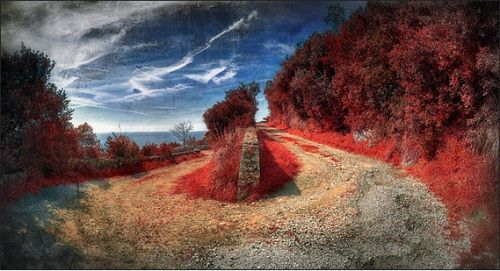
Bruna Marchioro
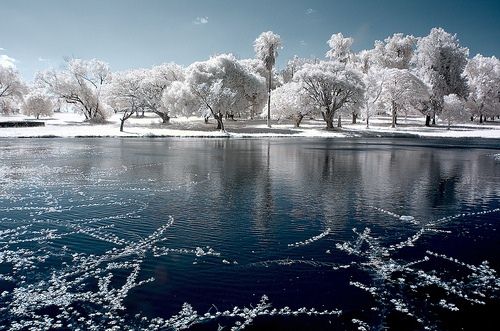

NASA “Huge Hi-Res Photo of ‘Infrared Andromeda’ with 1 trillion stars”
Roie Galitz This photo is titled “The Fisherman”.

NASA “An infrared image of Saturn’s northern region shows a luminous aurora with the planet’s mottled rings below.”
Daniella T.

Otit

Romulo Lubachesky
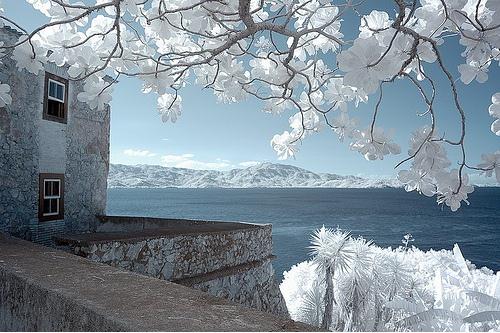


Rembrandt Harmenszoon van Licht


Last Click
Sources and Resources
- High-Speed Infrared Flickr Pool
- Tutorial: Infrared Photo Effect In Photoshop Simulate the look of infrared photography in Photoshop.
- Flickr Pool: Infrared Landscapes Landscape photography.
- Digital Infrared Flickr Album
- Flickr Pool: Digital Infrared Mostly has images that were shot in the infrared spectrum, not digitally modified to recreate the infrared look and feel.
- 7 Inspiring Infrared And HDR Photographers
- Infrared Photography Buzz Offering the most comprehensive source of info on digital infrared photography on the net. This website presents technical info about cameras and accessories used for infrared photography.





 Agent Ready is the new Headless
Agent Ready is the new Headless SurveyJS: White-Label Survey Solution for Your JS App
SurveyJS: White-Label Survey Solution for Your JS App


